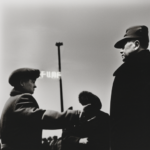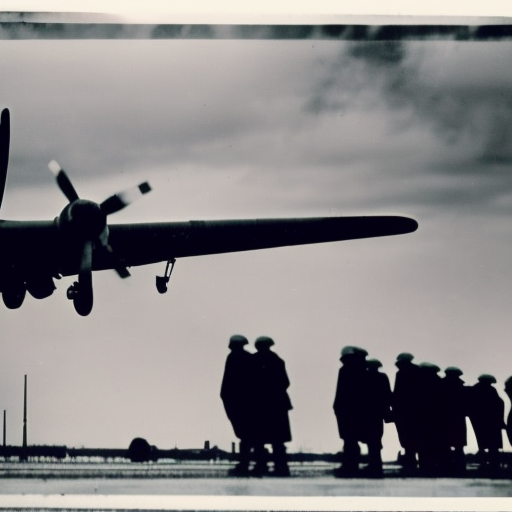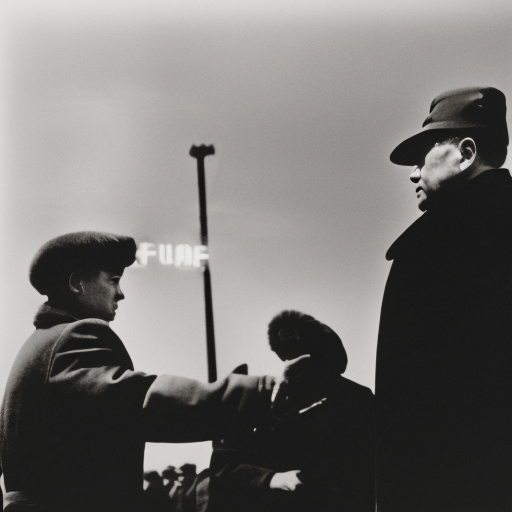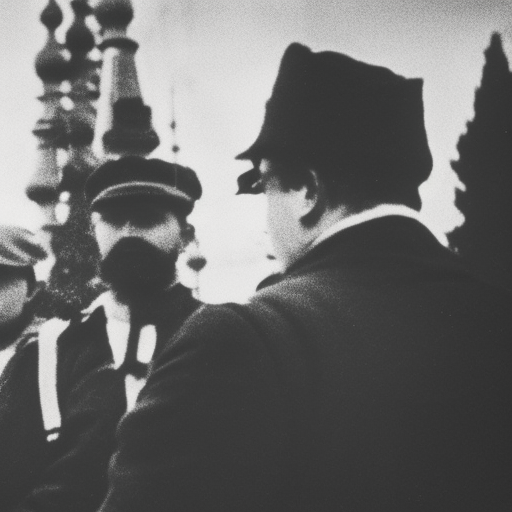The U-2 Incident (1960)
The U-2 Incident of 1960 was a major diplomatic crisis between the United States and the Soviet Union during the Cold War. It involved the shooting down of an American U-2 spy plane by the Soviet Union, leading to the capture of its pilot, Francis Gary Powers. The incident heightened tensions between the two superpowers and had significant repercussions on international relations.
Background:
During the Cold War, the United States and the Soviet Union were engaged in a fierce rivalry, with both sides seeking to gather intelligence on each other’s military capabilities. The U-2 spy plane was a top-secret aircraft developed by the United States to conduct high-altitude reconnaissance missions over Soviet territory. Equipped with state-of-the-art cameras and sensors, the U-2 was able to capture detailed images of Soviet military installations and gather valuable intelligence.
The Incident:
On May 1, 1960, Francis Gary Powers, an experienced pilot, took off from an airbase in Pakistan on a mission to fly over Soviet territory and gather intelligence. However, while flying at an altitude of 70,000 feet, Powers’ U-2 plane was detected by Soviet radar systems. In response, the Soviet Union launched a surface-to-air missile, hitting the aircraft and causing it to crash near Sverdlovsk (now Yekaterinburg).
International Fallout:
The Soviet Union initially denied any knowledge of the incident, but when they announced the capture of Powers, the United States was forced to acknowledge the U-2 mission. The incident sparked outrage in the Soviet Union, which accused the United States of espionage and violating its airspace. The Soviet leader, Nikita Khrushchev, used the incident to denounce the United States and its intelligence-gathering activities.
Escalation of Tensions:
The U-2 Incident significantly escalated tensions between the United States and the Soviet Union. Khrushchev canceled a planned summit meeting with President Dwight D. Eisenhower, and the incident further deepened the mistrust and suspicion between the two superpowers. The Soviet Union demanded an apology from the United States and an end to all U-2 flights over its territory.
Impact on Cold War:
The U-2 Incident had far-reaching consequences for the Cold War. It exposed the United States’ secret surveillance program and damaged its credibility on the international stage. The incident also highlighted the technological superiority of the United States in aerial reconnaissance, as the U-2 was able to fly at altitudes beyond the reach of Soviet air defenses.
Resolution:
After being held captive for nearly two years, Francis Gary Powers was exchanged for a Soviet spy in February 1962. The incident had a lasting impact on Powers’ life, as he faced criticism and scrutiny upon his return to the United States. The U-2 spy plane program continued, but the incident led to a shift in focus towards other intelligence-gathering methods, such as satellite reconnaissance.
Legacy:
The U-2 Incident remains a significant event in the history of the Cold War. It highlighted the dangers of aerial espionage and the risks associated with high-stakes intelligence operations. The incident also served as a reminder of the ongoing tensions between the United States and the Soviet Union and the potential for a catastrophic escalation of conflict.
In conclusion, the U-2 Incident of 1960 was a pivotal moment in the Cold War, with the shooting down of an American U-2 spy plane by the Soviet Union leading to heightened tensions between the two superpowers. The incident had a lasting impact on international relations and exposed the United States’ secret surveillance program. It also demonstrated the technological superiority of the U.S. in aerial reconnaissance and highlighted the dangers of espionage during the Cold War.












